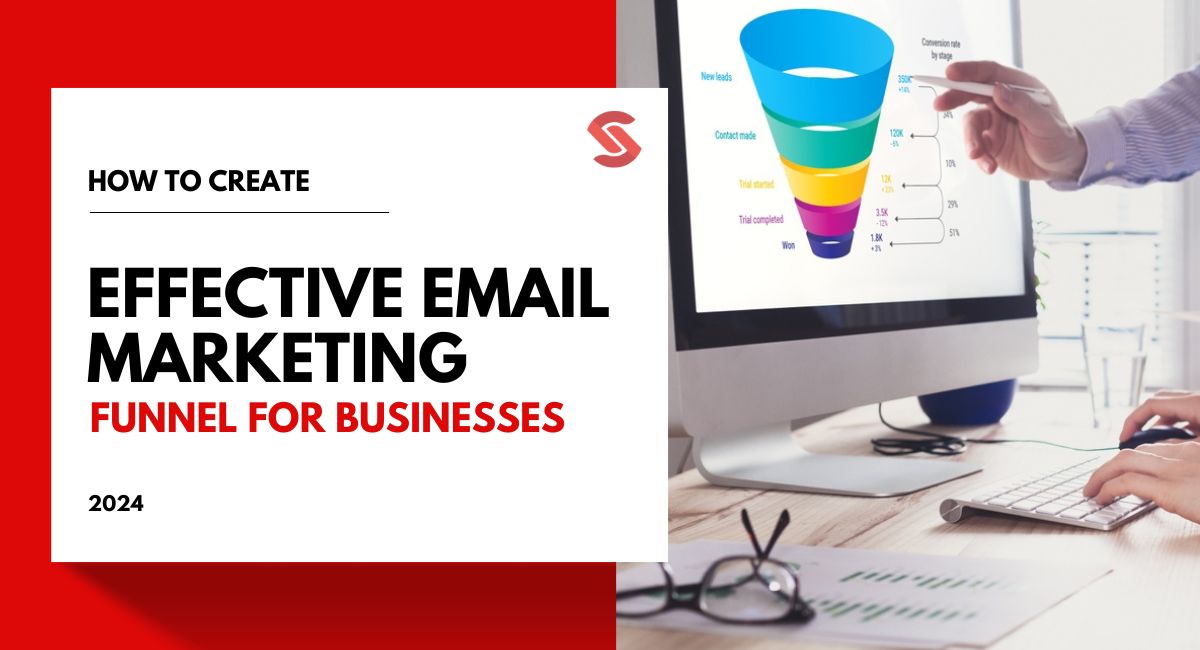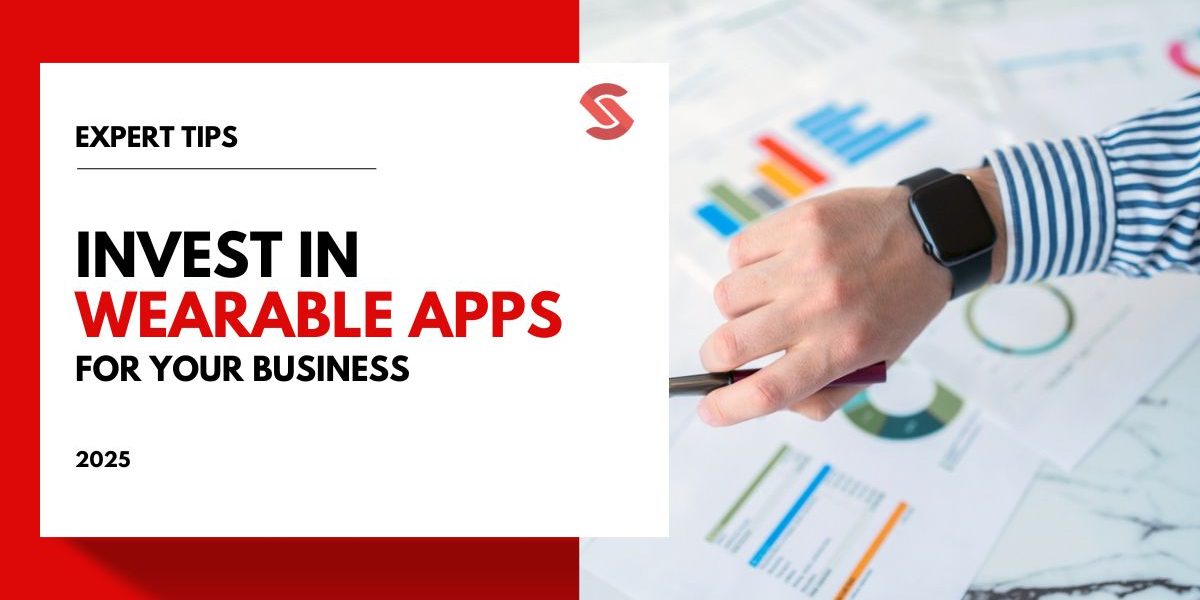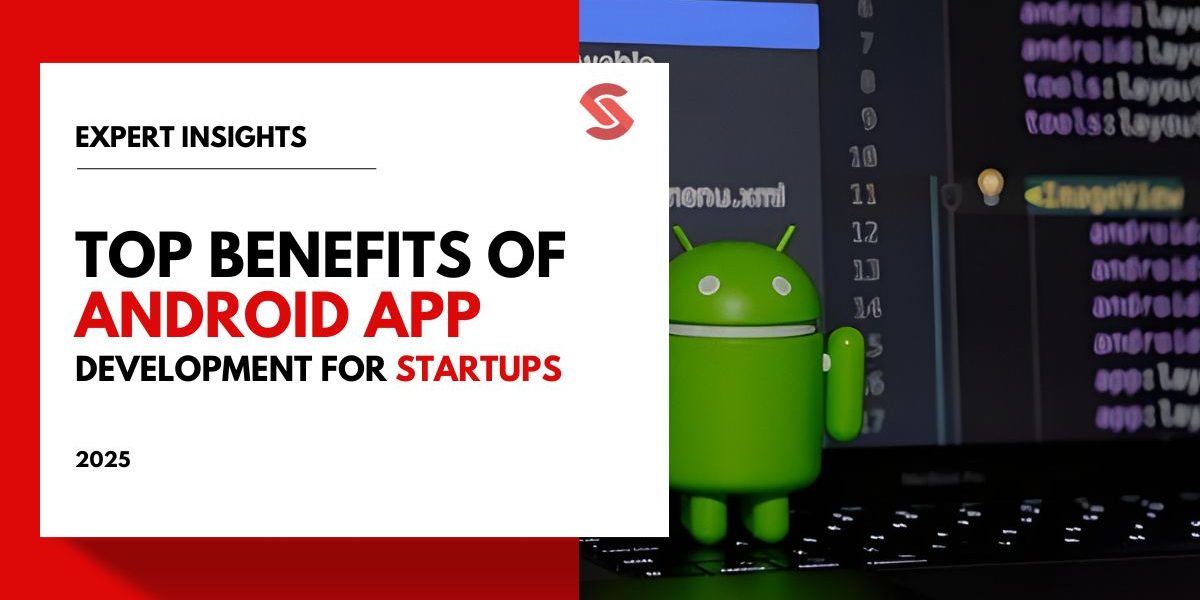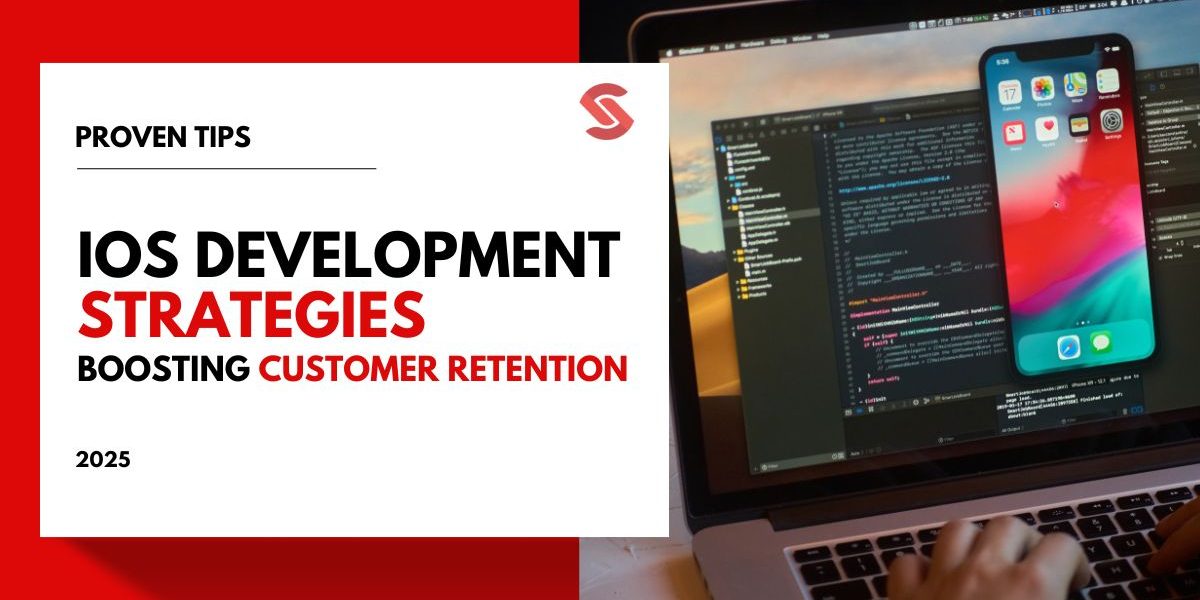Email marketing is a powerful tool for engaging audiences and driving conversions. Like guiding a friend through a store, it shows potential customers what they might like. Creating a successful email marketing funnel requires a strategic mix of creativity, data analysis, and tools to guide for creating email marketing contacts from initial interest to purchase.
Whether you are refining your approach or learning the art of email marketing, this blog provides insights and techniques to turn your email campaigns into conversion engines. By the end, you’ll know how to create an effective email funnel that delivers results.
What is an Email Marketing Funnel?
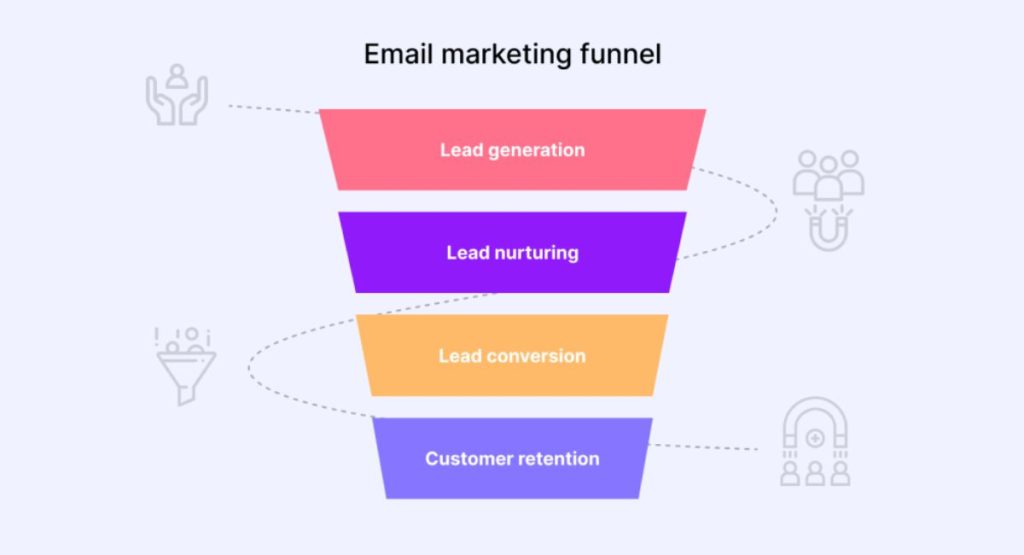
An email marketing funnel is a way to guide potential customers from first contact to making a purchase. Think of it as a path that helps people go from curious to buying. The funnel starts with getting people’s attention, then it builds interest and desire, and finally leads to action. This funnel fits into a bigger marketing plan by ensuring your emails work well with other efforts, like social media and ads.
The goal of the email marketing funnel is to turn leads into happy customers. An email marketing funnel involves getting leads, nurturing them with helpful info, and converting them into customers. Knowing these steps helps businesses send the right message at the right time. Partnering with professional email marketing services can greatly enhance the effectiveness of these efforts.
Stages of an Email Marketing Funnel
An email marketing funnel is a strategy that guides prospects from initial contact to becoming paying customers. It nurtures prospects with educational, promotional, and value-giving emails, helping visualize their journey from first interaction to conversion. This process enhances engagement, builds trust, and increases the likelihood of successful sales. Here are the stages of email marketing:
Stage #1. Awareness Stage
The awareness stage is the first step in the email marketing funnel. Its goal is to attract potential leads. Use catchy emails to introduce your brand and offer free resources like webinars, eBooks, or trials.
This helps get people interested in what you offer. Educational content and value propositions are key to grabbing attention and building initial engagement. This stage sets the foundation for further interaction.
Stage #2. Interest Stage
The interest stage focuses on keeping leads engaged and interested in your brand. Use engaging email content like follow-up emails, content upgrades, or video tutorials. Consistent engagement through email sequences helps nurture leads and build trust.
Providing valuable content and maintaining regular communication is essential to keeping leads interested and moving them closer to conversion. This stage plays a crucial role in deepening the relationship with potential customers.
Stage #3. Consideration Stage
The consideration stage is where you build trust with leads. Share customer success stories, testimonials, and case studies. Show how your offer helped others. For better examples, you can read guide for email marketing to work on this stage. Make sure emails are simple and clear. Help leads see the value in your offer. Trust and proof make them think about choosing you.
Stage #4. Conversion Stage
The conversion stage focuses on turning leads into paying customers. Use persuasive sales emails with clear call-to-action buttons. Offer special incentives like limited-time discounts or exclusive offers to encourage purchases.
Including personalized purchase reminders and discount codes in emails increases the likelihood of conversion. This stage is crucial for driving sales and maximizing the effectiveness of your email marketing efforts.
Stage #5. Retention Stage
The retention stage focuses on keeping customers engaged and loyal over time. Implement loyalty programs and offer incentives to encourage repeat purchases. Request feedback through customer surveys to understand their needs better.
Use re-engagement strategies like personalized emails to win back inactive customers. Continuous engagement and satisfaction lead to long-term loyalty, ensuring customers stay connected with your brand. This stage is vital for maintaining a strong customer base and driving growth.
How to Create an Email Marketing Funnel (7 Steps)
Now, let’s see how to make an email marketing funnel. While each business has its unique funnel, they all follow similar stages. Every company creates a special email plan based on what and who they sell to. This plan helps customers go through different buying stages, using emails and helpful resources.
Here are the steps involved in creating an email marketing funnel:
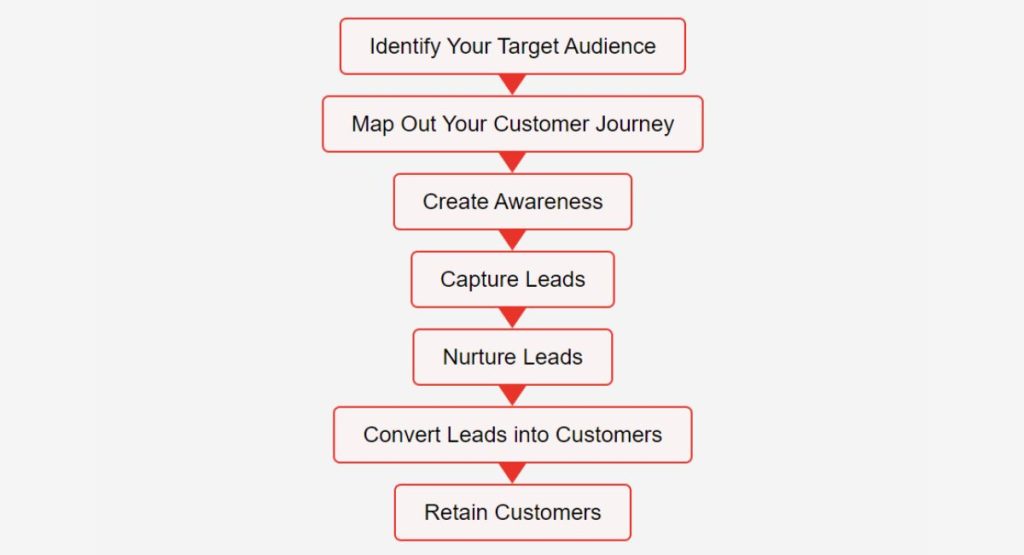
Step 1. Identify Your Target Audience
Understanding your target audience begins with gathering information about who they are. This involves collecting demographic, psychographic, and behavioral data through market research.
By analyzing this information, you can identify common characteristics and preferences among your audience. This precision allows you to tailor your email marketing efforts, ensuring your messages resonate with and cater to the specific needs of your target audience.
Step 2. Map Out Your Customer Journey
Mapping out the customer journey involves visualizing customers’ steps when interacting with your brand. Identify key touchpoints and stages in the journey, from initial awareness to post-purchase support.
Utilize journey mapping tools to create visual representations of the customer experience. This process provides valuable insight into customer behaviors and preferences, allowing you to develop targeted strategies to enhance their journey.
Step 3. Create Awareness
To create initial awareness through email marketing, utilize effective content marketing to grab the attention of your ideal audience. Use newsletters and promotional emails to introduce your brand and offerings.
Incorporate compelling visuals and clear messaging to grab the reader’s attention. Leverage email campaigns to drive traffic to your website, social media platforms, or blog posts, increasing brand visibility and engagement among your target audience.
Step 4. Capture Leads
To convert readers into leads, implement lead-generation tactics in your email marketing strategy. Use compelling lead magnets such as free eBooks, discounts, or exclusive content to initiate signups.
Incorporate opt-in forms strategically within your emails or on your website to capture contact information. Offer valuable incentives to encourage engagement and increase the likelihood of converting visitors into leads.
Step 5. Nurture Leads
The best way to nurture leads, employ email sequences and valuable content to keep them engaged. Set up drip campaigns and follow-up emails to provide consistent communication.
Share educational content that addresses their needs and interests, building trust and credibility over time. This helps strengthen relationships and keeps leads engaged, increasing the likelihood of conversion.
Step 6. Convert Leads into Customers
To convert leads into customers, employ persuasive tactics in your email marketing. Include compelling calls-to-action and sales emails that prompt action. Offer incentives like limited-time discounts or exclusive deals to encourage purchases.
Use persuasive language and clear messaging for fast conversions effectively. These strategies can help you turn leads into paying customers, boosting sales and revenue for your business.
Step 7. Retain Customers
The most effective way to retain customers is to implement effective strategies within your email marketing campaigns. Offer loyalty programs and incentives to encourage repeat purchases. Request feedback through surveys or emails to understand and address customer needs.
E-engage inactive customers with personalized emails and special offers. Continuous engagement and personalized communication foster loyalty and ensure customers remain connected to your brand over time.
Examples of Effective Email Marketing Funnels
Real-world examples vividly demonstrate the effectiveness of each stage in an email marketing funnel, offering insights into how businesses attract, engage, convert, and retain customers through strategic email campaigns.
Here are several examples of email campaigns about different stages of funnel:
1. For the awareness stage, Airbnb’s introductory emails showcase stunning accommodations.
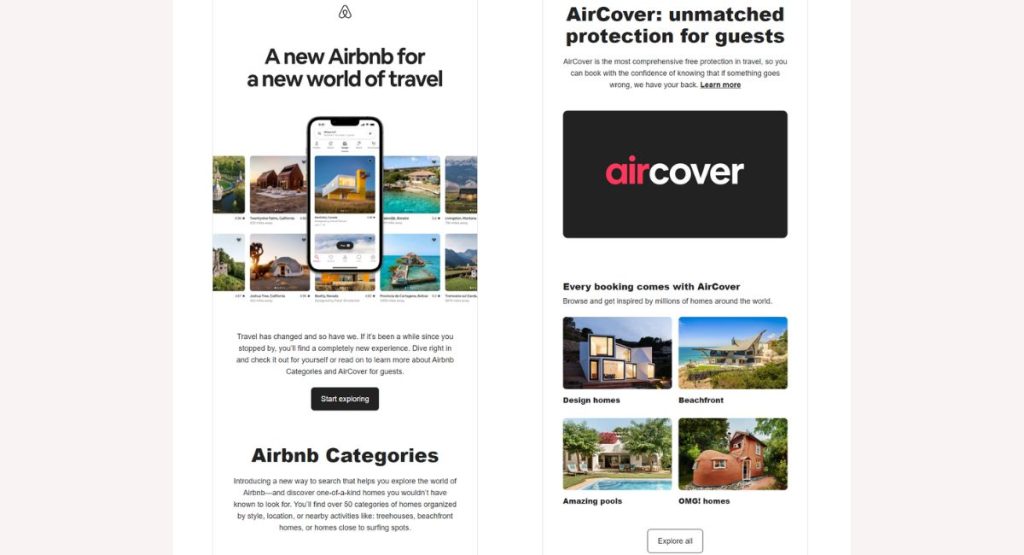
2. Shirtspace educational emails are excellent examples of the interest stage, offering valuable tips about tie dye
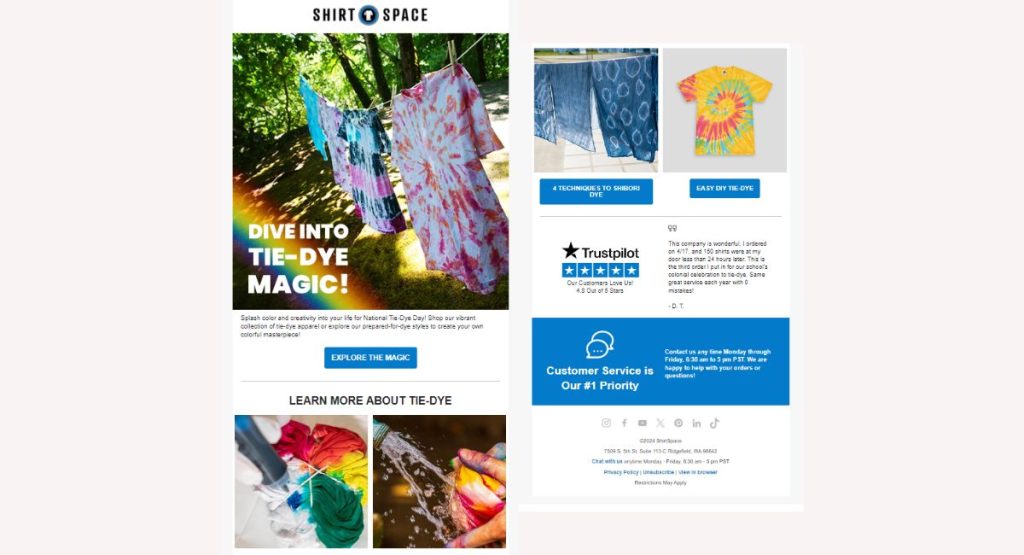
3. HubSpot’s emails effectively demonstrate the consideration stage by sharing tips about gaining followers;
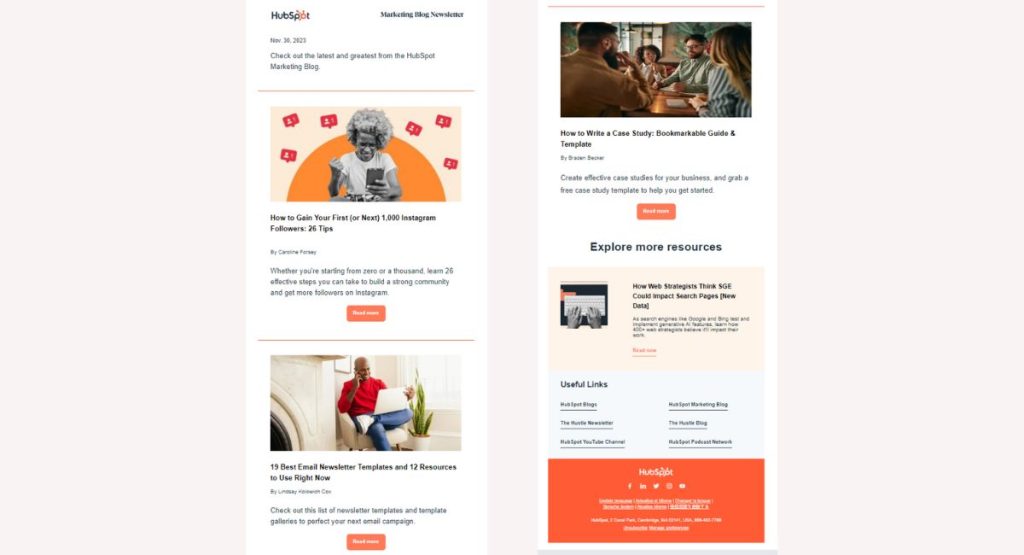
4. Conversion stage examples include Amazon’s personalized product recommendations and limited-time offers.

5. Lastly, Pinterest’s personalized pins and exclusive content exemplify the retention stage, fostering long-term customer loyalty.
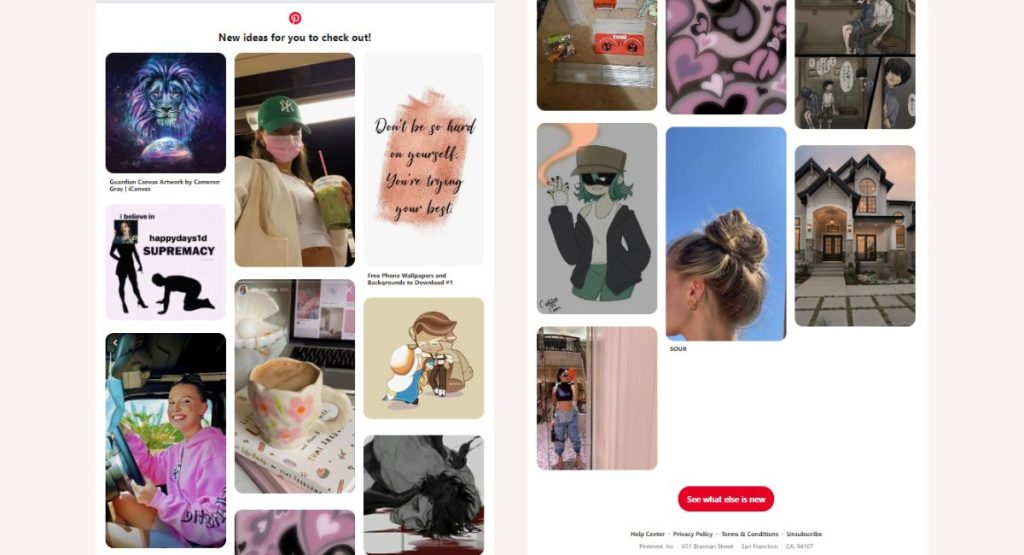
Advanced Strategies for Email Marketing Funnels
To get the most out of your email marketing, adopt new trends for creating your email marketing funnels. Here are several advanced email marketing strategies:
- Segmentation: Divide your email list based on demographics, behavior, or preferences to send more relevant content.
- Personalization: Use customer data to tailor emails with personalized subject lines, offers, and recommendations.
- Automation: Setting up marketing automation like for welcome emails, follow-ups, and re-engagement campaigns to save time and maintain consistency.
- A/B Testing: Test different subject lines, email designs, and calls to action to see what works best and optimize your campaigns.
These strategies help improve engagement, boost conversion rates, and enhance the overall customer experience. By focusing on precision and efficiency, you can create a more effective and personalized email campaign, but for better results, you have to use top email marketing tools that help you drive sales.
Common Mistakes and How to Avoid Them
Avoid common email marketing mistakes to improve your campaigns and increase engagement. Addressing these errors can significantly impact your success. Here is a table of some frequent pitfalls and how to prevent them:
- Spammy Emails: Avoid sending too many promotional emails. 45% of consumers unsubscribe due to receiving too many emails. Focus on providing value to build trust.
- Over-Automation: Don’t rely solely on automation. Personal touches and human elements are essential for engagement. 74% of marketers say targeted personalization increases customer engagement.
- Poor Segmentation: Sending the same email to everyone is ineffective. Use segmentation to target specific groups with relevant content. Emails with personalized subject lines are 26% more likely to be opened.
Other mistakes include:
- Weak Subject Lines: Craft compelling subject lines to boost open rates. On average, 47% of email recipients decide to open an email based on the subject line alone.
- Ignoring Analytics: Regularly review performance metrics to identify areas for improvement. Companies using data-driven strategies are six times more likely to be profitable year-over-year.
- Neglecting Mobile Optimization: Ensure emails are mobile-friendly, as 46% of all email opens are on mobile devices.
By being aware of these mistakes and taking steps to avoid them, you can enhance the efficiency and success of your email marketing funnel. This leads to better engagement and higher conversion rates.
Avoid common email marketing mistakes to improve your campaigns and increase engagement. Addressing these errors can significantly impact your success.
Here is a table of some frequent pitfalls and how to prevent them:
| Mistake | How to Overcome |
|---|---|
| Spammy Emails | Avoid sending too many promotional emails; focus on providing value to build trust. |
| Over-Automation | Incorporate personal touches and human elements to increase engagement. |
| Poor Segmentation | Use segmentation to target specific groups with relevant content. |
| Weak Subject Lines | Craft compelling subject lines to boost open rates. |
| Ignoring Analytics | Regularly review performance metrics to identify areas for improvement. |
| Neglecting Mobile Optimization | Ensure emails are mobile-friendly. |
By being aware of these mistakes and taking steps to avoid them, you can enhance the efficiency and success of your email marketing funnel. This leads to better engagement and higher conversion rates.
Final Thoughts
This blog has taught you about creating effective email marketing funnels and other key strategies. A well-planned email funnel can multiply your conversion rate and ROI, but it requires patience and consistent effort. Don’t be afraid to create a unique funnel for your brand. Continuously test, refine, and analyze user journeys. Send relevant, valuable content to earn brand loyalty and higher conversions.
FAQs about Creating Email Marketing Funnel
1. What is the primary goal of an email marketing funnel?
The primary goal of an email marketing funnel is to guide potential customers through various stages of the buying journey, from initial awareness to making a purchase. It aims to nurture leads with valuable content and strategic communication, ultimately driving conversions and maximizing ROI.
2. How does email marketing complement other marketing efforts?
Email marketing works synergistically with other marketing channels like social media and ads by reinforcing brand messaging and maintaining consistent engagement with leads and customers. Integrating email campaigns with other channels enhances brand visibility, fosters engagement, and increases the effectiveness of marketing efforts.
3. What role does segmentation play in email marketing?
Segmentation involves dividing your email list into smaller, targeted groups based on demographics, behavior, or preferences. By sending more relevant content to specific segments, you can improve open rates, click-through rates, and overall engagement. Segmentation allows for personalized communication, leading to better conversion rates and customer satisfaction.
4. How can businesses capture leads effectively through email marketing?
Businesses can capture leads effectively by offering compelling lead magnets such as free eBooks, discounts, or exclusive content in exchange for contact information. Strategically placing opt-in forms within emails or on websites encourages sign-ups. Providing valuable incentives increases engagement and enhances the likelihood of converting visitors into leads.
5. What are some common mistakes to avoid in email marketing?
Common mistakes to avoid in email marketing include sending too many promotional emails, over-relying on automation without personal touches, neglecting proper segmentation, crafting weak subject lines, ignoring analytics, and failing to optimize for mobile devices. Addressing these mistakes can significantly improve the success of email marketing campaigns.
6. How can businesses retain customers through email marketing?
Businesses can retain customers through email marketing by implementing effective strategies such as offering loyalty programs, incentives for repeat purchases, and personalized communication. Requesting feedback through surveys helps understand customer needs better. Re-engagement campaigns targeting inactive customers with personalized emails and special offers can also foster long-term loyalty.
7. What advanced strategies can businesses adopt for email marketing funnels?
Advanced strategies for email marketing funnels include segmentation to send more relevant content, personalization using customer data, automation for time-saving and consistency, and A/B testing to optimize campaigns. These strategies improve engagement, boost conversion rates, and enhance the overall customer experience.
8. How does mapping out the customer journey benefit email marketing?
Mapping out the customer journey provides valuable insight into customer behaviors and preferences, allowing businesses to develop targeted strategies that enhance the overall customer experience. By identifying key touchpoints and stages in the journey, businesses can tailor their email marketing efforts to meet the specific needs of their audience, resulting in better engagement and conversions.
9. Why is it essential to avoid sending spammy emails in email marketing?
Sending spammy emails can lead to a decrease in engagement and an increase in unsubscribes. By focusing on providing value rather than bombarding recipients with promotional content, businesses can build trust and credibility with their audience. Providing valuable, relevant content ensures that subscribers remain engaged and receptive to future communications.
10. How can businesses ensure their emails are optimized for mobile devices?
Businesses can ensure their emails are optimized for mobile devices by using responsive design templates, testing emails across various devices and screen sizes, and minimizing the use of large images or files that may slow down load times. Optimizing for mobile ensures that recipients can easily read and engage with emails regardless of the device they’re using.
11. What are some effective ways to utilize automation in email marketing?
Effective ways to utilize automation in email marketing include setting up welcome emails for new subscribers, follow-up sequences to nurture leads, and re-engagement campaigns for inactive subscribers. Automation saves time and ensures consistent communication with leads and customers, leading to improved engagement and conversions.
12. How can businesses measure the success of their email marketing campaigns?
Businesses can measure the success of their email marketing campaigns by tracking key performance metrics such as open rates, click-through rates, conversion rates, and ROI. Analyzing these metrics provides valuable insights into the effectiveness of campaigns and helps identify areas for improvement. Regularly reviewing performance data allows businesses to optimize their email marketing strategies for better results.

